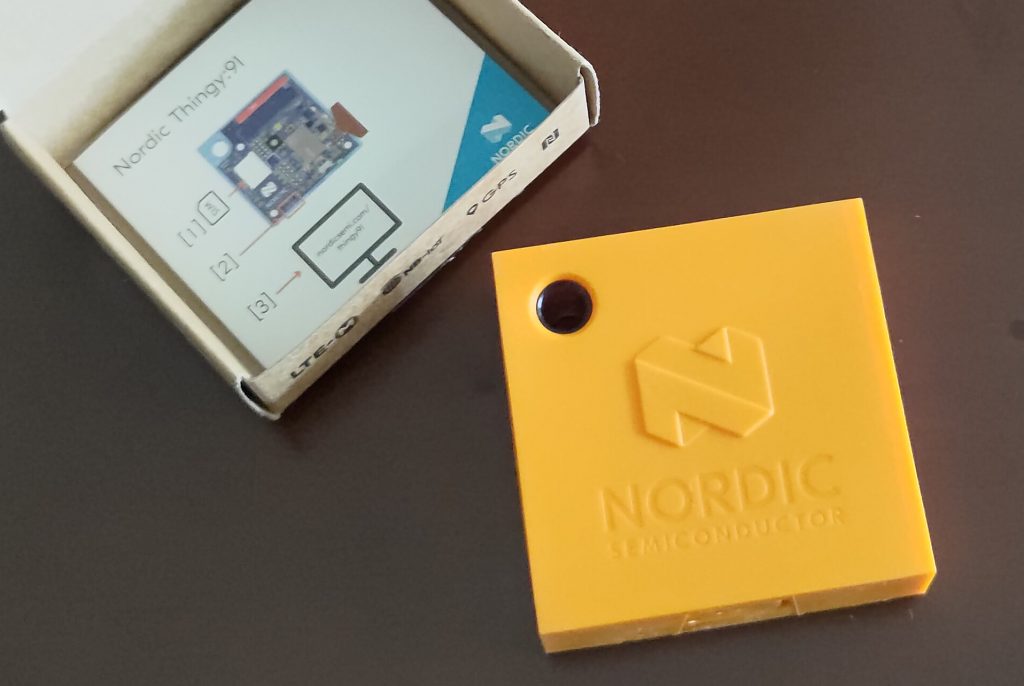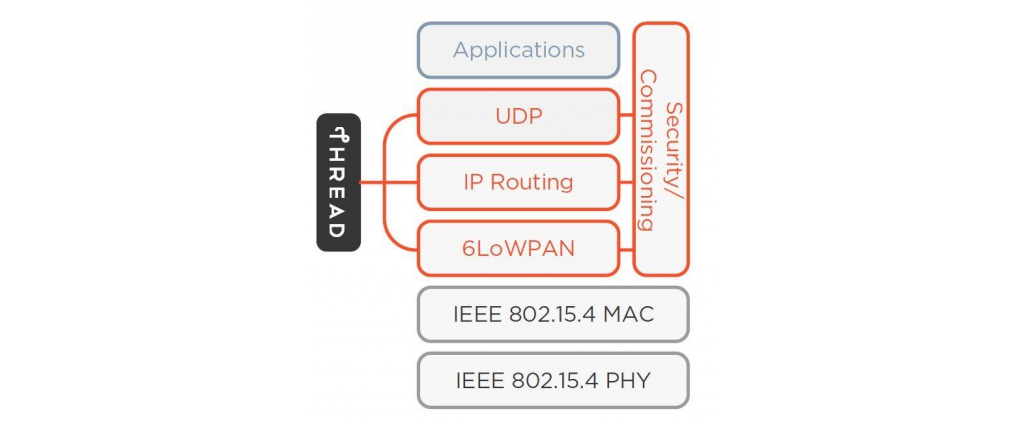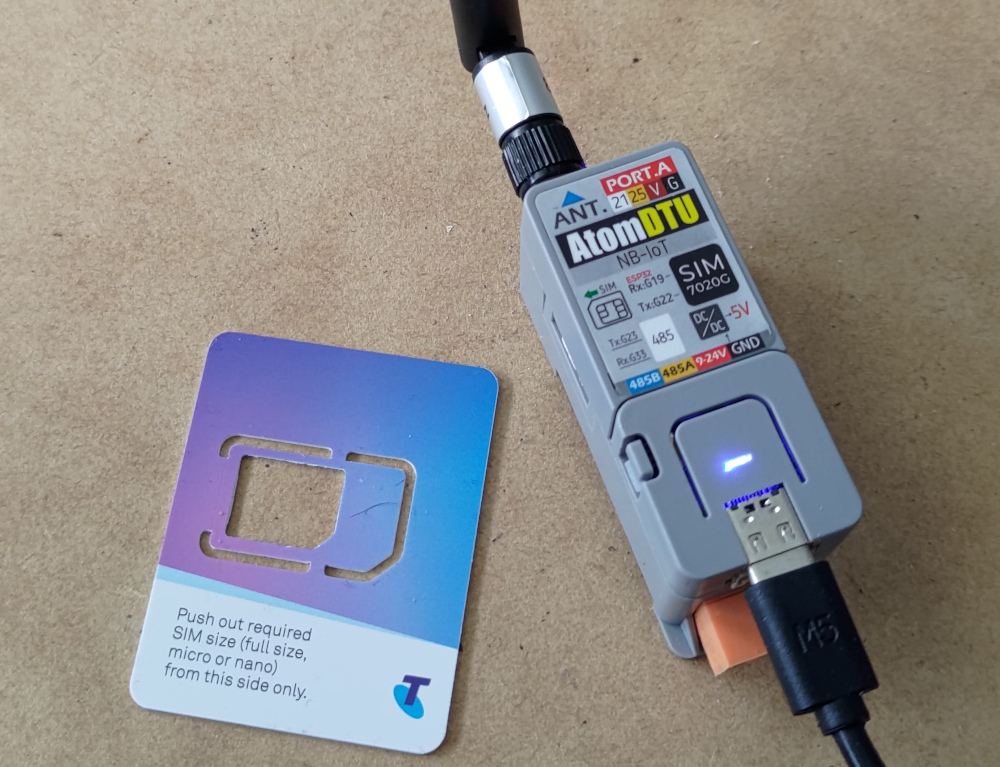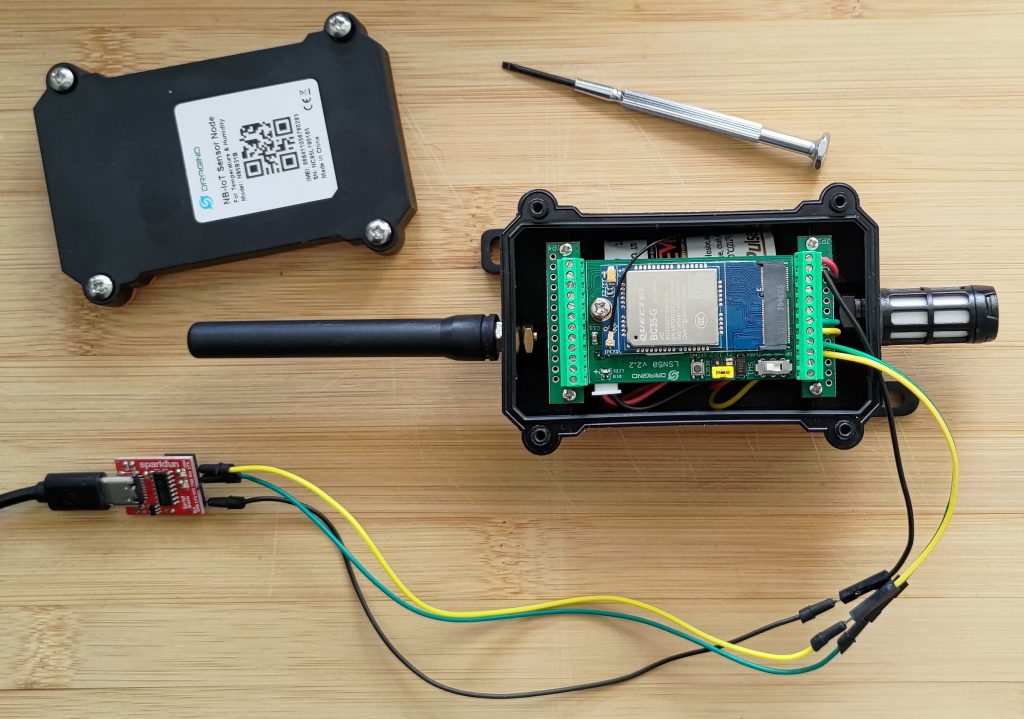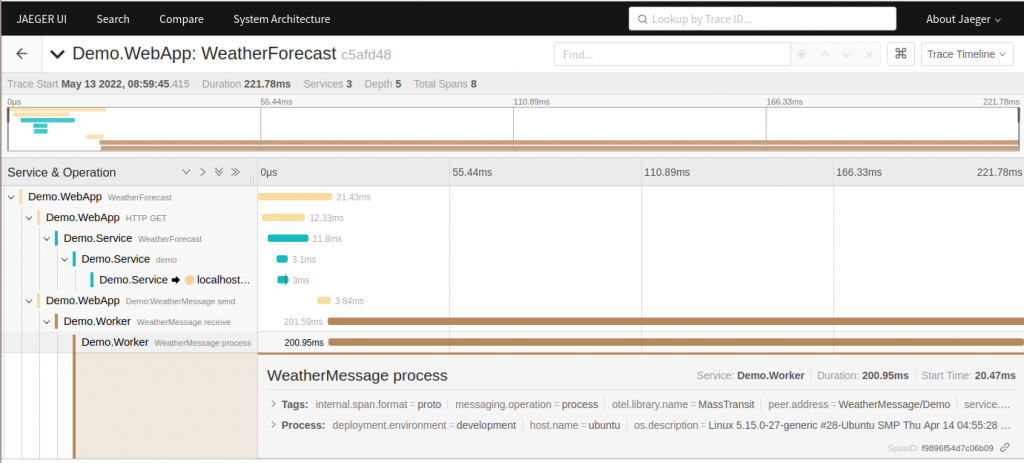I've been playing a few short sessions of Dogs in the Vineyard, so put together a one page step-by-step summary of the conflict process.
Note that the process does not include the detailed tables for fallout. You will need to refer to the main rules for that, or the D.O.G.S. generic version.
It is an interesting system, where a conflict is not a single roll of the dice, but an entire scene that you add (recurring) elements to as it progresses; it kind of reminds me a bit of the conflict resolution in Mouse Guard.
It is not just a "I do this", roll, done, type system, but one where resolving the conflict forms the narrative story line, as you bring in elements. The more narratively important an item is to you, the more dice you should assign it - a similar example from the Cortex Plus Firefly game is "Jayne's Hat". Assigning that item 2d10 (in DitV) would mean you want to narratively bring it into every conflict that you can.
I can't even think how to approach a statistical analysis of DitV, like I have done for other systems. Systems like Corex Prime are complex enough so that you can't readily calculate probabilities in your head — you know 3d6 is better than 2d6, and 2d10 is better than 2d8, but trying to compare (1d10 + 3d6) vs (4d8 + 1d4) is not something you can do off the cuff. But you can mathemtically calculate it.
Because DitV involves some foresight (you roll a little bit in advance before you pick what to use), it relies on some tactical skill at picking dice, not just probabilities. And because what you will roll depends heavily on the narrative direction the encounter goes, it is difficult to know what even will be relevant.
The resolution is also at the entire encounter level, not individual actions. e.g. it is easy to statistically determine if you will hit in Dungeons & Dragons, and what your average expected damage will be. But trying to determine who will win in a fight between a Rogue and Cleric vs three Orcs is a lot more complicated.
I will look at doing a longer analysis of the system in the future, but for now the conflict process summary is a start.

